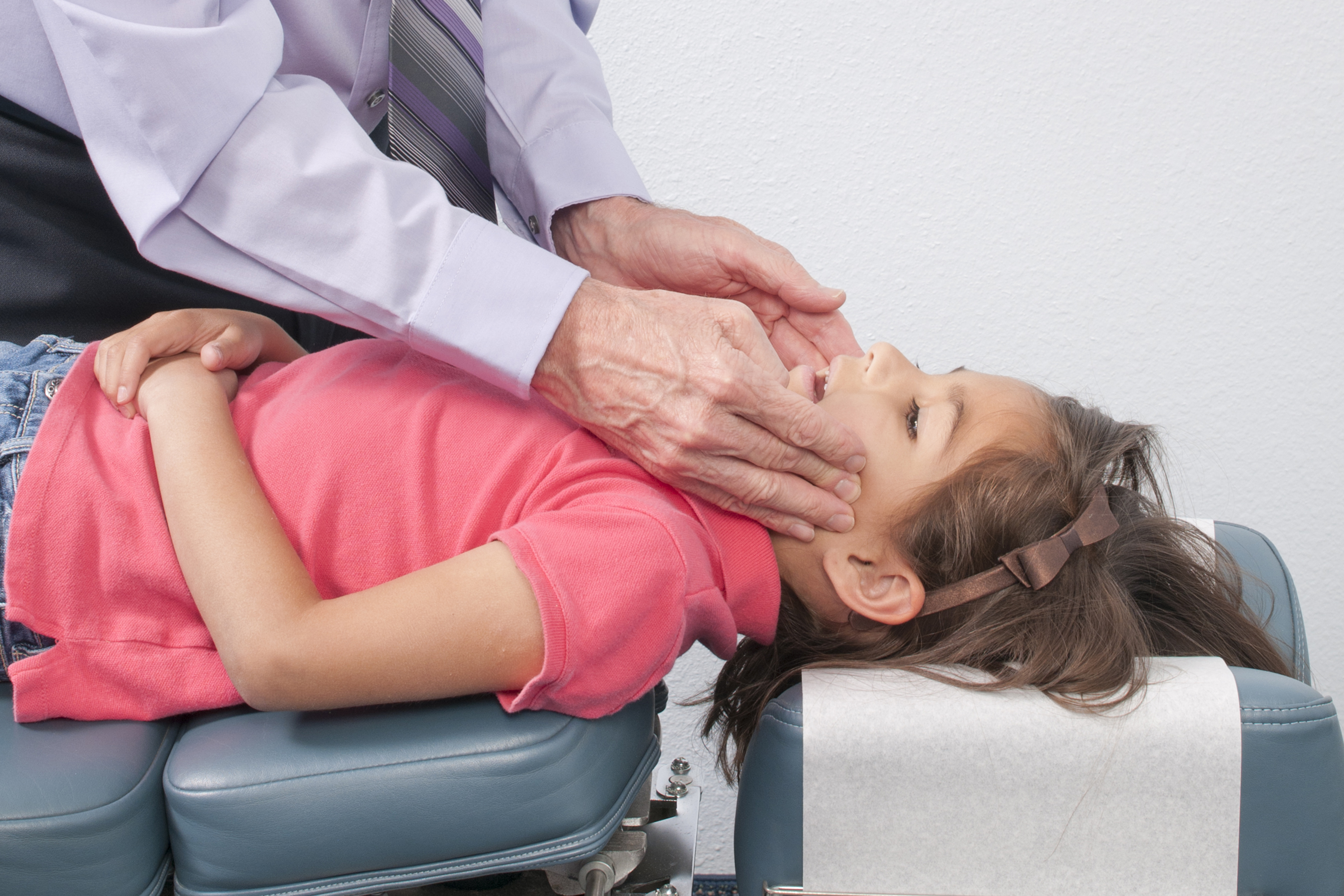Tooth aches. Jaw clicks. Sinus pain. Migraines. Cold sores. Everyone has some experience of facial pain, but doctors often have trouble treating it. UConn School of Nursing’s Center for Advancement in Managing Pain hopes to alleviate that trouble with a new teaching module about facial pain, unveiled March 3.
“Pain is very much a symptom. It’s a warning, and why we seek healthcare,” says Renee Manworren, who holds a joint appointment at the Center for the Advancement in Managing Pain (CAMP) and Connecticut Children’s Hospital. “But the treatment often does nothing for the symptom.”
Manworren works with children and adolescents to prevent acute pain from injury or illness from becoming chronic. But she, and doctors all over Connecticut and the rest of the country, find even their best efforts to treat patients’ pain often fall short. And the rise of opiate drug abuse, lifelong disability, and other complications related to chronic pain are increasing. Doctors need better tools to treat pain, and better education in how to do it.
So when Manworren won a Center of Excellence in Pain Education grant from the National Institutes of Health (NIH), she didn’t hesitate. She put together a team that includes a geneticist, a neurophysiologist, a dentist, a nurse, and an experimental pathologist, all of whom study pain or specialize in treating it. They designed a case-based teaching module that focuses on oral-facial pain in a child. It’s the first of 15 modules Manworren and CAMP hope to complete with the grant. It will fit into UConn’s medical curriculum, and will also be permanently available on the NIH website, accessible to anyone who wants it.
The module begins simply, with an opening screen informing you that the patient is a child. It says, “Your patient reports jaw clicking and and frequent headaches for three months.”
“If you think about it, that’s about as much information as you typically get from a real, live patient,” who comes to you with a complaint, Manworren says. It’s up to the health care practitioner to ask the right questions and make the right connections afterward. “We wanted to develop it so that this module will meet you where you’re at, and take you to a common endpoint with someone else who might be better versed in genetics, or physiology, or whatever,” Manworren says. The team hopes that dentists, doctors, and nurses will all be able to learn from it.
It may seem strange that a geneticist, a neurophysiologist, and an experimental pathologist were on the team along with the dentist and nurse. But researchers have begun to recognize that not everyone experiences pain the same way, or responds the same way to pain medications; and often the differences stem from the genes and nervous system.
“Most of what we know about pain comes from musculoskeletal pain, or post-surgical pain. But facial pain is weird,” says Kyle Baumbauer, the neurophysiologist who co-authored the module. “If you have pain information coming in from places that aren’t damaged, that’s a nerve problem.” Treating pain as a nerve problem is a relatively new way of thinking for doctors. The oral-facial pain module Manworren, Baumbauer, and the rest of the team put together tries to introduce the idea in a way that will be helpful to many medical professionals.
Manworren understands the learning curve. She was initially trained as a nurse. She began to notice that parents would comment on drugs she was prescribing for their children, saying things like “oh, that makes me vomit.” And she found the parent’s experience often held true for the child – it began to seem to her that these reactions could be genetic. So she began to research how genes affected the relief – or lack thereof – her patients got from pain drugs.
“My dream,” she says, “is to be able to swab a kid’s cheek and say ‘let’s give you this, you’ll do better, you’ll have fewer side effects and be less likely to get addicted.’”



